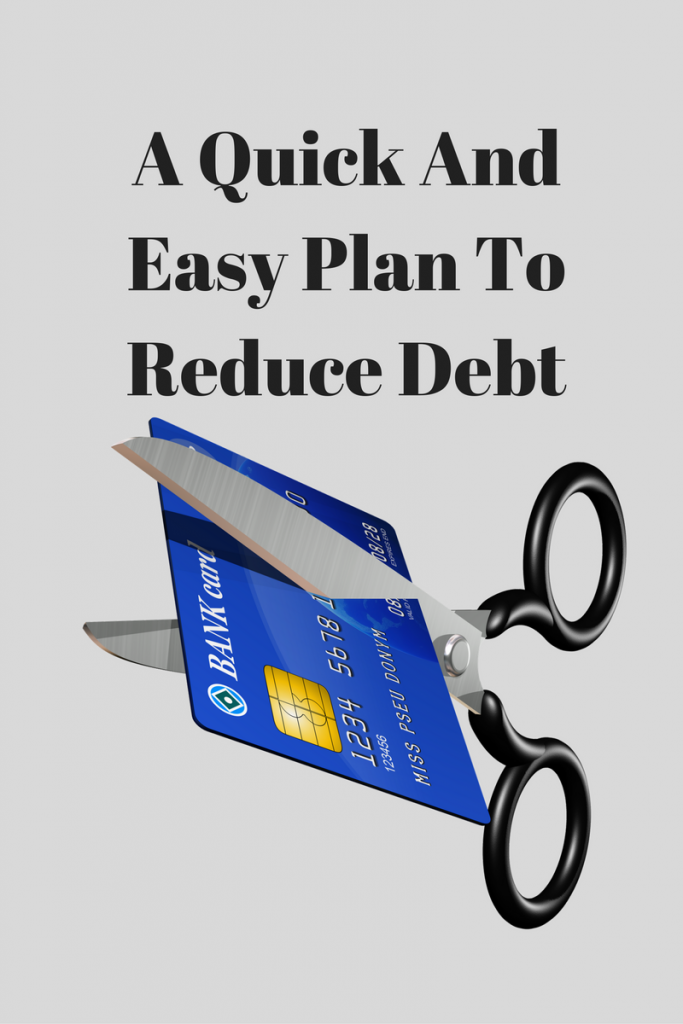
By Andrew from LendEDU – a consumer education website and financial product marketplace. Andrew has learned quite a bit about personal finance while writing and working for a consumer-oriented small business over the past several years.
U.S. consumer debt is at an all-time high, with the average American holding 3.7 cards, according to a recent Gallup poll. The national average interest rate on those cards is 15%— which is a fairly high rate that can have compounding negative effects on your debt.
Many people take advantage of balance transfer cards to help pay off their existing debts and stop incurring interest costs. These cards usually come with an introductory period in which the interest rate on the card is 0%, letting you get a break from paying interest for the first year or 18 months after you transfer your existing balances over.
You can get balance transfer cards in the same way you get any other credit card., by applying online or via mail. Most major card issuers have at least one card that is primarily a balance transfer card. Others simply have the benefit as part of their larger card benefits package.
While balance transfer cards might sound like the solution to your growing credit card debt, they’re not always the best idea. These cards are ideal for some, but can be problematic for others.
The Scenario That Will Make You Feel Wise
In certain situations, getting a balance transfer card is a great move. If you have good credit, you can usually get a year of 0% APR on that transfer, giving you some time to pay it off before the interest kicks back in. In some cases, you can even negotiate for a longer time period if your payment history is excellent and you have a relationship with that card issuer.
The size of your balance is another factor in knowing whether a balance transfer is the right move. If your current balance will fit on the new card’s credit limit—again, usually based on your credit history—then moving it to the new card might be a good idea.
If you meet both of the above criteria, that’s great, but there’s one more thing to consider. Before doing a balance transfer, you’ll want to ensure that you have a plan to get the entire balance paid off in the introductory period. Otherwise, you’ll just be adding to your problems later when the card’s regular interest rate takes effect. And they’re usually higher than the 15% APR national average, sometimes as high as 23% or more.
Having good credit, a plan to pay it off in the time allotted, and a small enough balance to fit on the new card can help ensure that your decision to use a balance transfer goes well.
If you pay the card off on time, not only have you eliminated that debt, but you’ll likely also boost your credit score. All of those are great steps for your financial health.
When It Doesn’t Go So Well
Not meeting any of the above criteria can spell trouble. If your credit isn’t where it needs to be, you could find yourself getting something other than 0% APR for your introductory rate—or no introductory rate at all. In that case, it’s probably not worth it to move the balance. You’re better off just continuing to put any extra money toward your debt.
If you have multiple cards or other forms of debt that total more than your new card’s credit limit would be, then there’s no point in using the balance transfer feature to help pay it off. That’s because you’ll create confusion by adding one more monthly payment to your financial plate. You may even hurt your credit if you’re unable to manage a high balance with multiple monthly payments.
Some cards also have a nasty little provision in the fine print for their balance transfer option—interest that is deferred, not waived. This means that if you aren’t able to pay off the balance in the introductory period, all of the interest that would have accrued during the introductory period is now capitalized on to your balance and starts earning interest too.
That policy not only results in a much higher balance, but will give you a much more difficult time paying it all off, completely defeating the purpose of using a balance transfer card at all.
Summing It Up
It can be hard to know if using a balance transfer card can help you pay off debt when your mailbox is full of tempting offers and 0% APR promises. Understanding your own financial situation, capabilities, and spending habits—along with understanding the details about the offer—is key to making the right decision for yourself and your debt.


